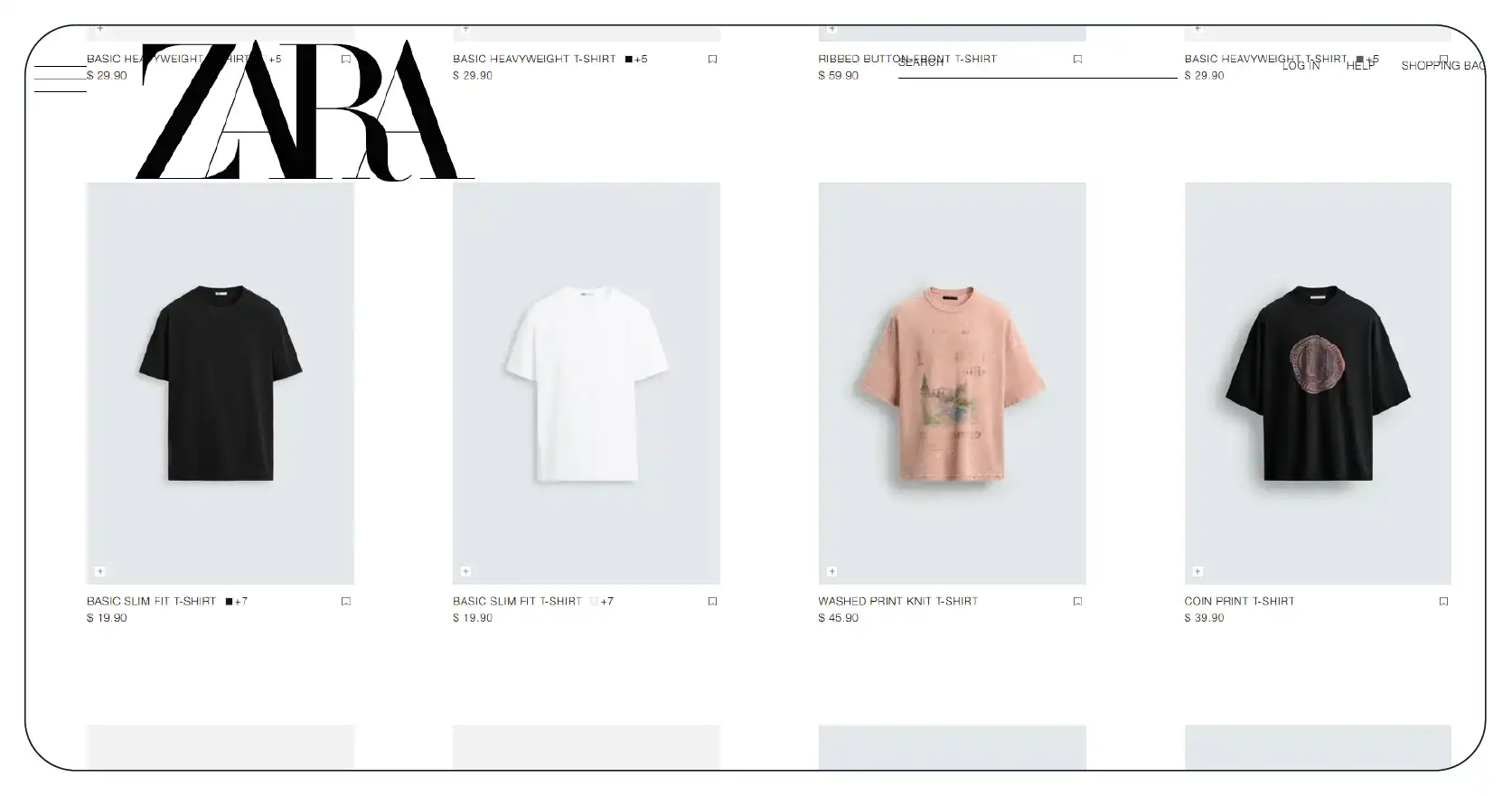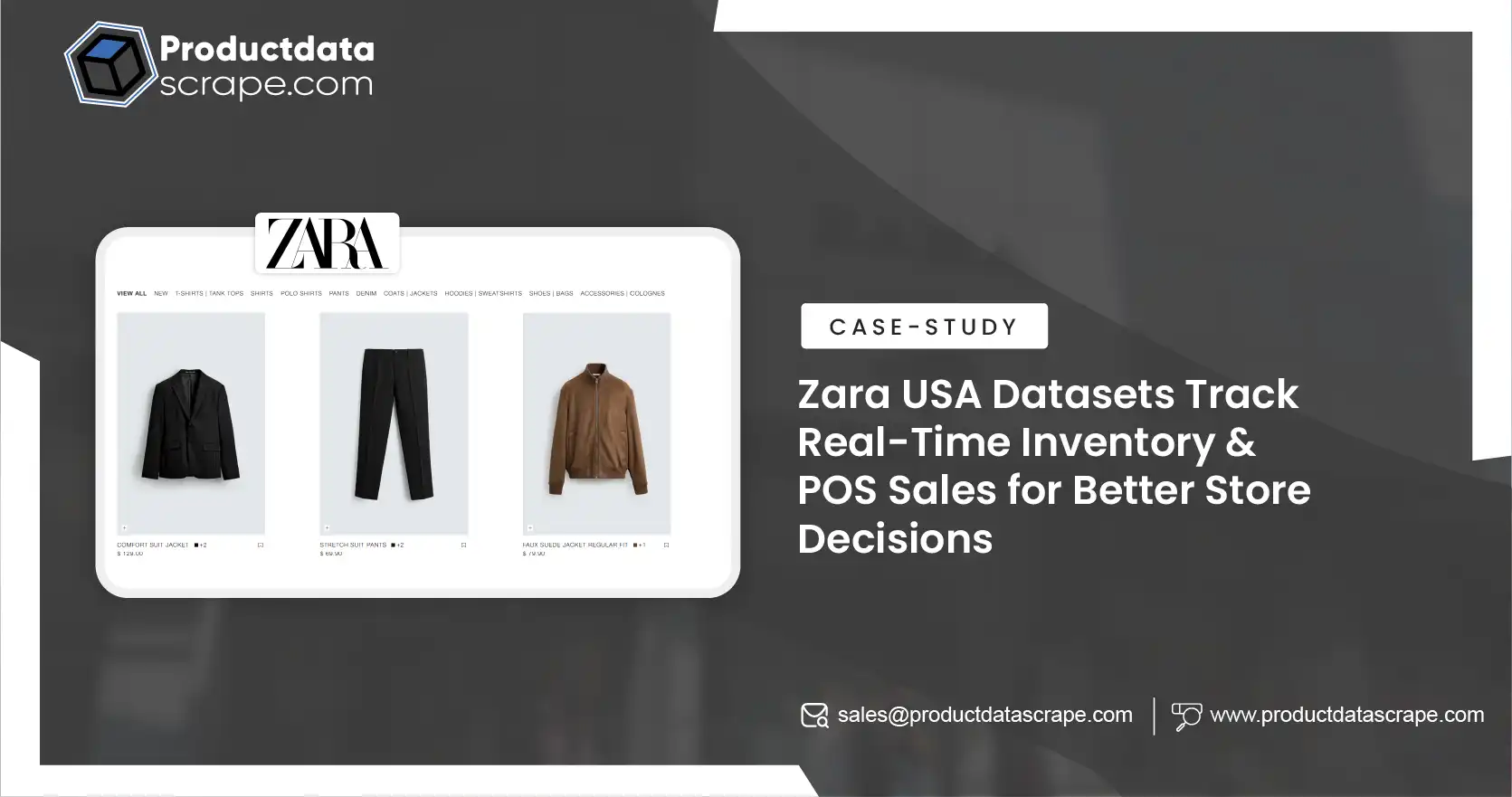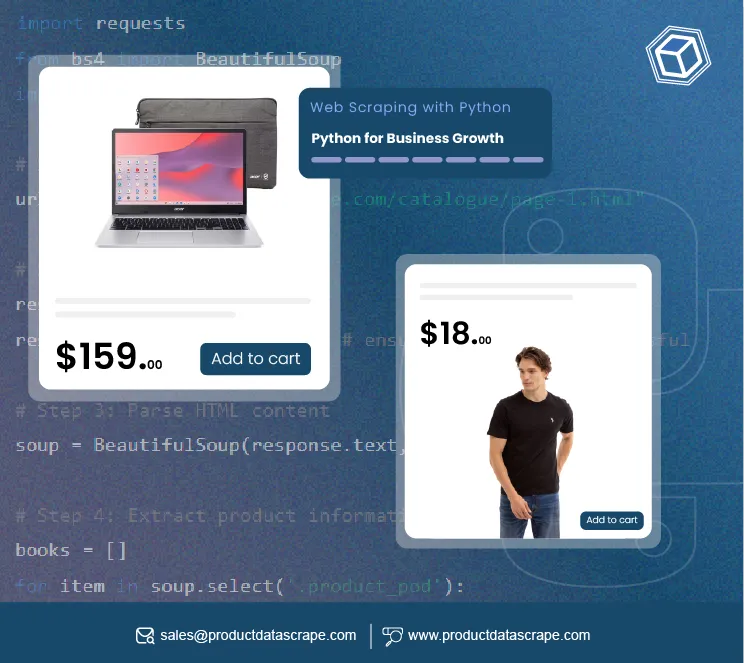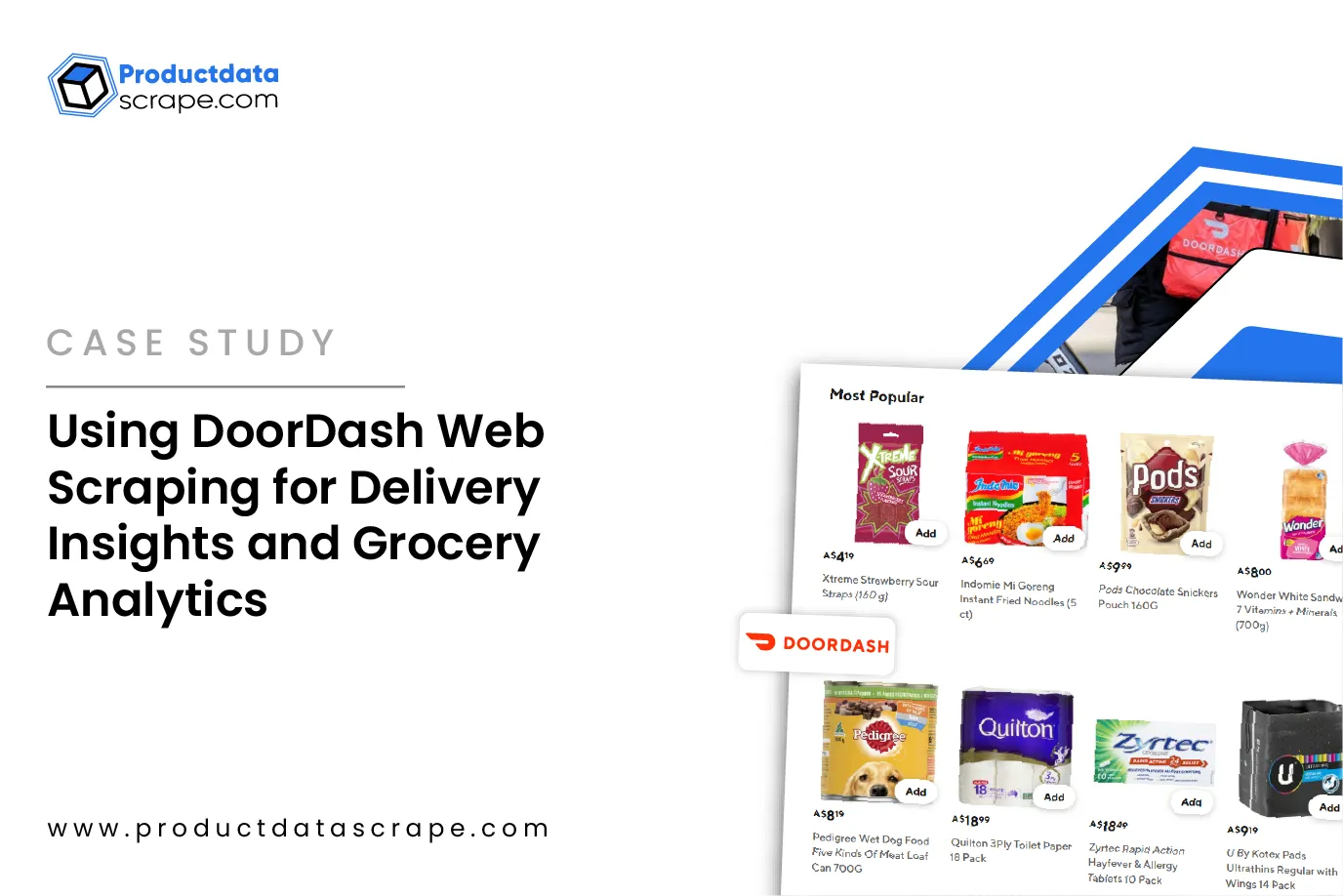Introduction
In the fast-paced world of retail, timely and accurate data is critical for informed decision-making. This case study focuses on how Zara USA datasets were leveraged to track real-time inventory and POS sales, enabling data-driven store management. Zara, a global leader in fashion, faces immense pressure to stay ahead of trends while efficiently managing stock levels across hundreds of stores in the United States. By utilizing comprehensive datasets, including the Zara USA product listing dataset and insights from Web scraping Zara USA store data, retailers can gain visibility into product performance, stock availability, and customer preferences. The analysis of Zara USA datasets allows businesses to respond quickly to market demands, optimize inventory allocation, and enhance overall operational efficiency. Furthermore, integrating data from Zara USA discount and offer dataset and ZARA US fashion products dataset ensures that pricing strategies and promotions align with customer expectations. This case study demonstrates the value of structured data in transforming retail operations.
The Client
Our client is a leading retail analytics firm specializing in fashion and apparel markets. They work closely with global brands to provide actionable insights that improve sales performance and customer satisfaction. For this project, the client sought to enhance their understanding of US retail operations for a major fashion retailer. The goal was to extract and analyze comprehensive sales and inventory data from Zara stores across the United States. Using ZARA US retail products dataset and Zara sales dataset, the client aimed to generate predictive insights for stock replenishment, sales forecasting, and promotion effectiveness. They also required the ability to scrape data from any e-commerce website to compare market trends, monitor competitors, and identify gaps in product offerings. By leveraging Extracting fashion and apparel data and techniques for Extract Zara E-Commerce Product Data, the client sought to create a centralized, structured repository for real-time insights. This approach ensures more informed, faster decision-making in an industry defined by rapid trend changes.
Key Challenges

The client faced multiple challenges in obtaining actionable insights from Zara’s complex retail ecosystem. Firstly, Zara operates hundreds of stores in the US with constantly changing inventory, making it difficult to maintain an accurate understanding of stock levels. Manual tracking of product performance was both time-consuming and prone to errors. Secondly, the vast variety of fashion products and frequent promotions required integrating data from the Zara USA discount and offer dataset and the ZARA US fashion products dataset, which were often unstructured or incomplete. Additionally, gathering competitive intelligence through Scraping Zara Data and comparing offerings across other e-commerce platforms posed technical challenges, requiring sophisticated web scraping techniques and careful handling of data integrity. The client also wanted to correlate ZARA US retail products dataset with real-time POS transactions to understand customer buying patterns, but lacked the tools to seamlessly merge multiple data sources. Finally, ensuring compliance with data privacy regulations while conducting large-scale Zara USA product listing dataset analysis added another layer of complexity. These challenges necessitated a robust, scalable, and automated approach to data extraction, transformation, and analysis.
Key Solutions

To address the challenges, a multi-step solution leveraging Zara USA datasets was implemented. First, advanced web scraping techniques were used to collect and structure the Zara USA product listing dataset from both online and offline store inventories. This allowed the client to maintain a real-time view of product availability and variations across multiple locations. Next, the Zara USA discount and offer dataset was integrated to monitor promotions and seasonal campaigns, helping the client analyze their impact on sales. The ZARA US fashion products dataset and ZARA US retail products dataset were combined with the Zara sales dataset to create a unified repository, enabling predictive insights for stock replenishment and pricing strategy optimization. Techniques format Extracting fashion and apparel data and Extract Zara E-Commerce Product Data ensured all relevant product attributes, including sizes, colors, and pricing, were accurately captured. Automated tools were developed to Scrape data from any e-commerce website, allowing comparative analysis with competitors’ offerings. Finally, advanced analytics were applied to Zara USA datasets to correlate POS transactions with inventory levels, enabling real-time alerts for stockouts or overstock scenarios. This holistic approach provided actionable insights, reduced manual effort, and enhanced decision-making efficiency.
Client’s Testimonial
"Working with the team to leverage Zara USA datasets has transformed how we manage our retail operations. The integration of product listing, sales, and promotional data allowed us to make faster, data-driven decisions. Real-time inventory tracking and POS insights have improved our responsiveness to market trends, reduced stockouts, and optimized promotions. The ability to extract and analyze detailed fashion and apparel data from both Zara stores and competitors has given us a competitive edge. We can now plan more effectively and react instantly to customer demand."
—Head of Retail Analytics
Conclusion
This case study highlights the critical role of Zara USA datasets in modern retail analytics. By leveraging comprehensive datasets covering product listings, sales, promotions, and competitor insights, the client achieved unprecedented visibility into inventory and consumer behavior. The integration of ZARA US fashion products dataset, ZARA US retail products dataset, and the Zara sales dataset enabled predictive stock management and data-driven pricing strategies. Advanced web scraping techniques for Scraping Zara Data and Extract Zara E-Commerce Product Data provided real-time intelligence, ensuring the client could respond quickly to market changes. The combination of automated data extraction, structured analytics, and actionable insights transformed operational efficiency and improved decision-making accuracy. Ultimately, the project demonstrated that effectively utilizing Zara USA datasets not only drives smarter store-level decisions but also enhances overall competitiveness in the fast-moving fashion industry. By implementing these solutions, the client is now equipped to optimize inventory, forecast demand, and deliver a superior retail experience.

















.webp)
-01.webp)

.webp)
.webp)
.webp)